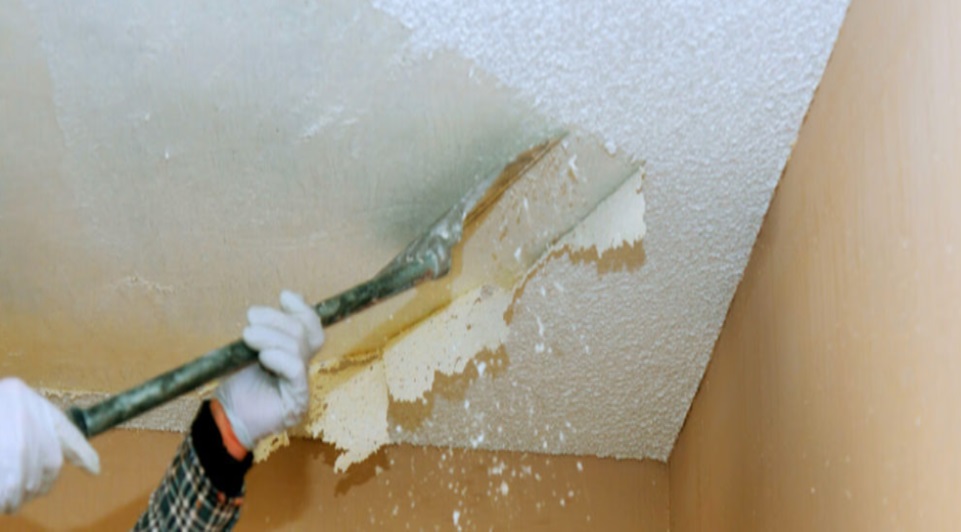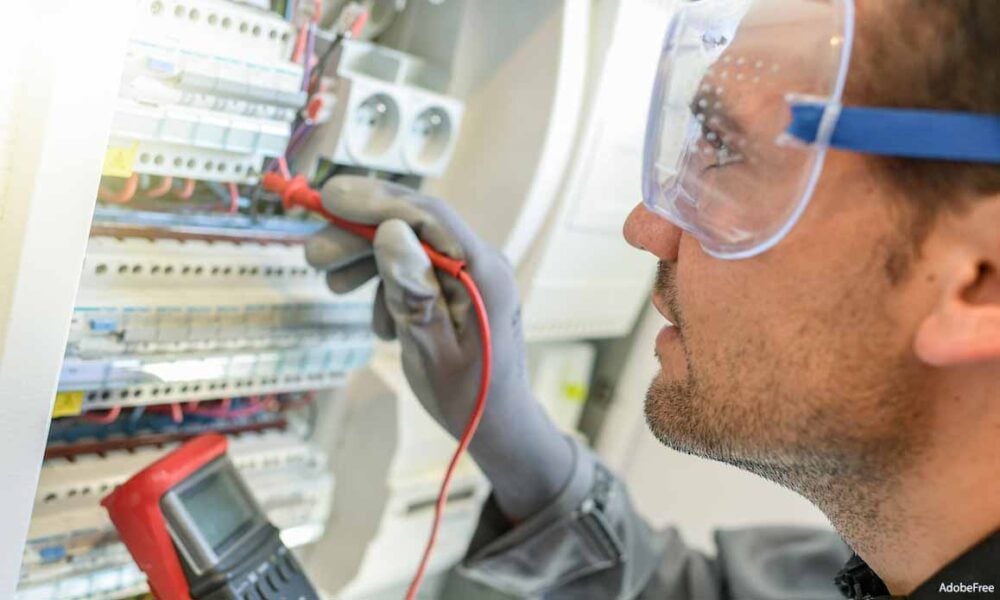Asbestos, once lauded for its fire-resistant properties and used extensively in construction, is now synonymous with a range of serious health risks, with its presence in ceilings especially alarming. Amidst the heightened awareness, it’s critical to disseminate informed guidance on how to manage asbestos ceilings without putting lives at risk. This lengthy guide will take you through a comprehensive understanding of what asbestos ceilings are, the potential health hazards associated with them, and the safest methods for asbestos ceiling removal or management.
The discovery of asbestos as a strong, heat-resistant material led to its widespread use in building construction, particularly for its insulating properties. It wasn’t until later that the severity of health hazards linked to asbestos exposure became irrefutable. Decades of use mean many structures still contain asbestos, and ceilings are a common place to find this hazardous material.
Understanding Asbestos Ceilings
Before you tackle asbestos ceiling removal, we must understand what we’re dealing with. Asbestos ceilings come in various forms, from popcorn textures to tiles, and each poses its own set of challenges. The primary reason for concern is the potential for crumbling or degradation, which could release asbestos fibres into the air. In such cases, the ceiling becomes a silent danger, as asbestos particles cannot be seen and their effects may not manifest for years, often decades.
Types of Asbestos-Containing Ceilings
- Popcorn Ceilings: Commonly found in homes from the 1950s to the 1980s, these acoustic ceilings appeal to their sound-dampening properties. However, they are notoriously difficult to repaint or repair, as these actions could disturb the asbestos material.
- Asbestos Ceiling Tiles: Used in both residential and commercial settings, these ceilings are known for their fire resistance and can still be found in old office buildings and schools.
Health Risks Associated with Asbestos Exposure
Inhaling or ingesting asbestos fibres can lead to serious health conditions, with mesothelioma, lung cancer, and asbestosis being the most commonly associated. What makes asbestos so hazardous is its durability; once inhaled, the human body struggles to expel these tiny, indestructible fibres. Over time, they can cause chronic inflammation and scarring, leading to serious diseases.
Safe Asbestos Ceiling Removal Techniques
The adage “better safe than sorry” has never been more applicable than when discussing asbestos abatement. This section elucidates the steps necessary for asbestos ceiling removal without endangering those living or working in the affected space.
Hiring Certified Professionals
The first and most crucial step is to engage professionals certified in asbestos removal. These technicians are not only trained in safe removal procedures but are also familiar with local regulations regarding asbestos handling and disposal. Attempting to manage asbestos removal without the proper expertise can lead to catastrophic consequences, potentially exposing the entire property to asbestos during the process.
Protective Gear and Equipment
Ensuring safety during asbestos removal transcends having the right team; it also involves equipping them with the appropriate gear. Full-body disposable coveralls, gloves, eye protection, and most importantly, P2 or P3 half-face respirators are essential. These respirators are designed to filter out microscopic asbestos fibres, preventing inhalation. This gear not only protects the professionals but also minimises the risk of asbestos exposure to others nearby.
Proper Containment and Disposal Methods
During asbestos ceiling removal, containment areas should be created using plastic sheeting to prevent the spread of fibres. These areas, along with all materials that come into contact with asbestos, must be treated as hazardous waste and disposed of under local guidelines. Skimping on containment or disposal procedures can lead to significant fines and a long-lasting threat to the environment and public health.
Post-Removal Precautions
Even after the asbestos has been professionally removed, precautionary measures must remain in place to ensure the safety and well-being of all occupants. It involves conducting thorough air quality tests to verify that the area is free from asbestos fibres. Additionally, it’s imperative to have a follow-up procedure if traces of asbestos are later discovered. Establishing a clear plan for regular inspections and monitoring can prevent future exposure and health risks.
Legal Obligations and Documentation
Understanding and adhering to the legal aspects related to asbestos removal is paramount. Property owners should be well-informed about their responsibilities, including notifying relevant authorities before commencing removal works and keeping detailed records of the asbestos abatement process. This documentation should cover everything from the initial asbestos assessment reports to the disposal manifests, ensuring compliance with local and national regulations.
Conclusion
In essence, engaging in asbestos ceiling removal requires a thorough understanding of the risks involved. It is not a task to be taken lightly, nor is it suitable for the amateur DIY enthusiast. The inherent risks associated with asbestos are significant, ranging from the development of serious health conditions to potential legal ramifications. This demands a professional and meticulously executed approach.
Homeowners and property managers must prioritize safety above all else, even above cost or convenience. It involves entrusting the delicate process of asbestos removal to certified specialists who are equipped with the necessary tools, knowledge, and strict adherence to regulatory standards. By doing so, you not only safeguard your immediate environment but also protect the health and well-being of current and future generations. Therefore, before embarking on any renovation or repair projects, ensure that you have the proper guidance and resources to effectively manage asbestos ceilings safely.











